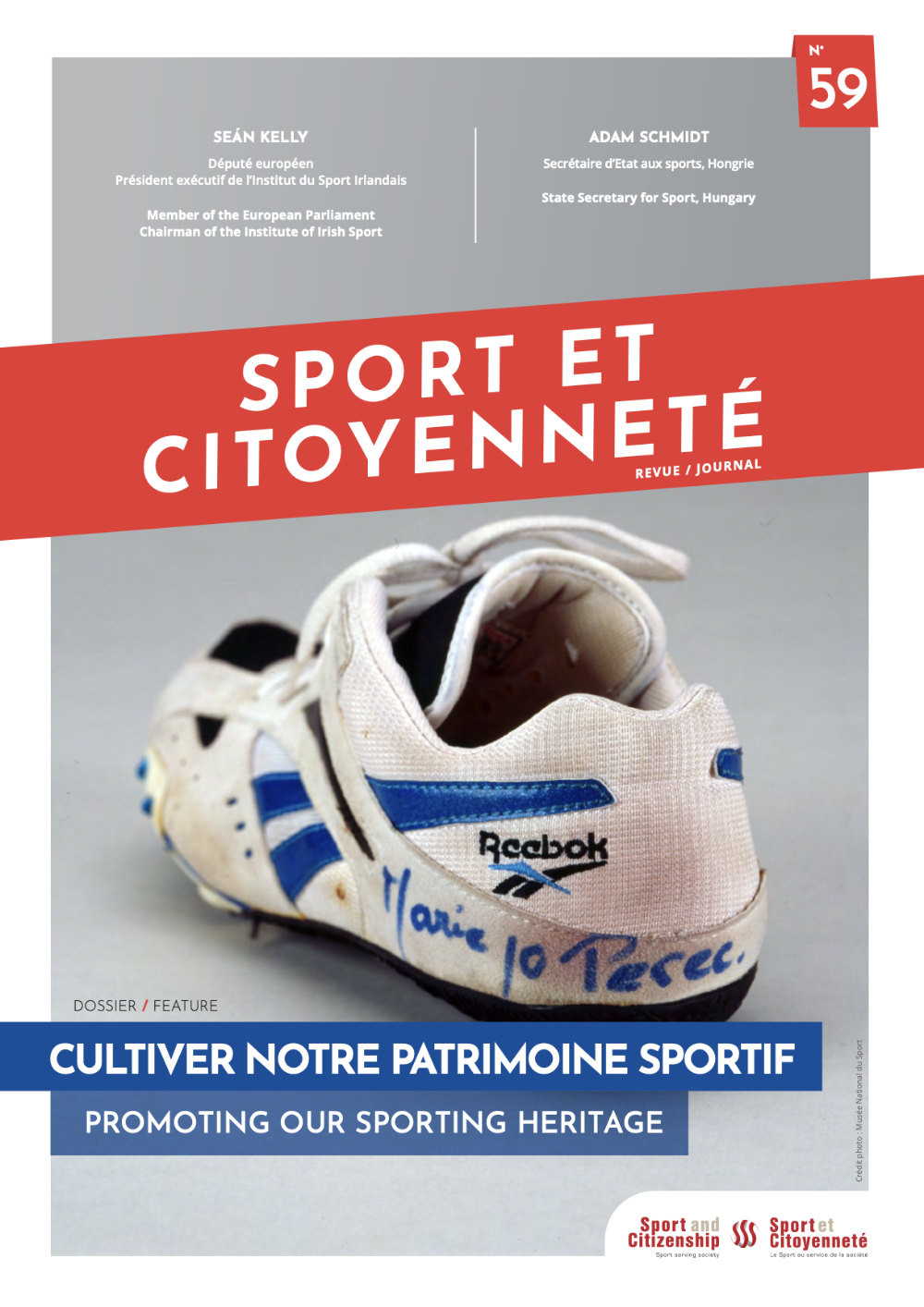My Sporting Heritage thematic in SPORT ET CITOYENNETÉ magazine
Written by My Sporting Heritage on .
My Sporting Heritage project is covered in the latest edition of SPORT ET CITOYENNETÉ magazine as a thematic topic of its 59th edition.
This edition of Sport et Citoyenneté is dedicated to the cultural dimension of sport, highlighting how Europe’s sporting traditions, venues, and practices have become part of our shared heritage. More than simple games or competitions, sport is presented here as a cultural force — shaping memory, identity, and community across borders.

At the heart of the issue is the European project My Sporting Heritage, coordinated by the Musée National du Sport (France) and supported by Erasmus+ Sport. Bringing together six partners from across Europe, the project works to strengthen international cooperation in the field of sporting heritage. Its objectives include creating a European inventory of sporting heritage, publishing reference materials, and developing innovative digital and educational tools such as a virtual exhibition and pedagogical games designed for schools and young audiences.
Contributors bring a wide range of perspectives. Seán Kelly highlights heritage as a foundation for European identity. Yvan Gastaut reflects on the Paris 2024 Olympic Games as cultural heritage in motion. Niek Pas, Daphné Bolz and Adam Schmidt explore the links between sport, education, and collective memory. Others present national and regional viewpoints: Philip Dine on Ireland, Simona Petracovschi on Romania, Bodil Børset on Norway, while Justine Reilly and Philippe Vergain underline the policy and civic dimensions.
Innovation and gamification emerge as key themes for engaging younger generations. Deborah Hustić presents new approaches that combine geocaching, storytelling, and digital badges, showing how play can open up cultural heritage for 11–14 year olds. Similarly, contributions by Liam McDonnell, Samuel Aubert, Fabio Onofri Hote, Edina Elter, Juliette Hayette, and Vivian Di Tullio highlight how networks, archives, and creative practices can make sport heritage accessible and alive.
The issue concludes that sporting heritage is not only about preserving objects or venues. It is about creating bridges between past and future, between citizens and their communities, and between culture and sport.

